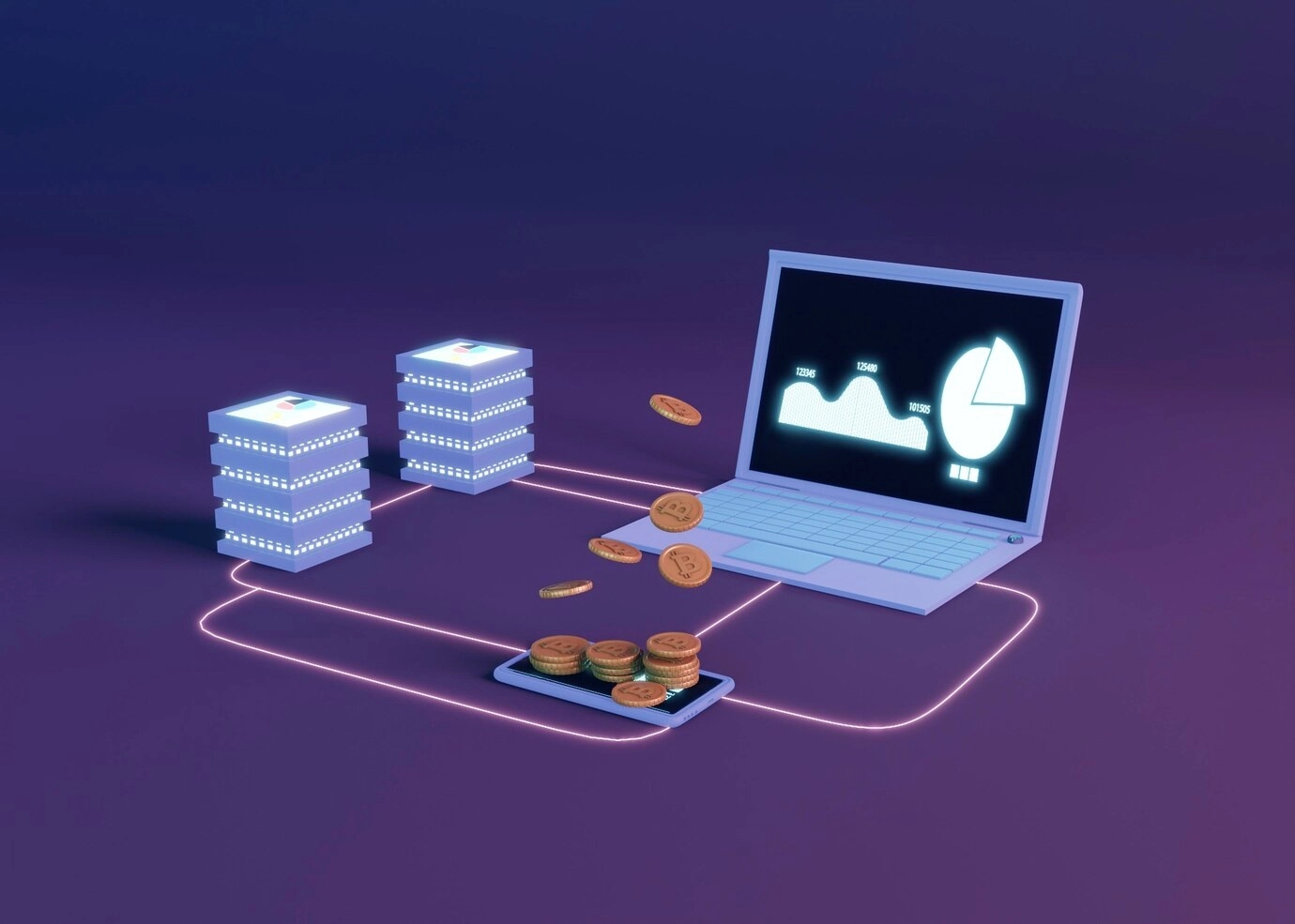How the Crypto Surge is Influencing Finance

Cryptocurrency’s Financial Disruption Global investors, companies, and regulators have all noticed the Bitcoin market’s spectacular ascent. This rise is deeply changing the financial environment; it’s not just a speculative bubble. Stablecoins and decentralised finance (DeFi) are just two examples of how the crypto wave is changing the face of conventional banking in unprecedented ways.
The Rise of Decentralised Finance (DeFi)
DeFi is a rapidly growing subset of the Cryptocurrency’s Financial Disruption ecosystem that provides decentralised alternatives to conventional banking services, disrupting the industry. Thanks to DeFi protocols, financial activities such as lending, borrowing, trading, and others can now take place directly between users, bypassing traditional middlemen like banks. As a result of this disintermediation process, people gain agency over their own financial situations and get access to services that were previously out of reach.
Emergence of Stablecoins
The use of stablecoins, a form of cryptocurrency linked to a proven asset such as the US dollar, is rising as a medium of exchange and asset preservation tool. Because of their price stability, stablecoins are a better option for regular transactions than wildly fluctuating cryptocurrencies like Ethereum and Bitcoin. Stablecoins are helping to unify the financial system by erasing distinctions between fiat money and cryptocurrencies.
Tokenisation of Assets

Real estate, artwork, and commodities are just a few examples of tangible assets that could be tokenised and stored digitally on a blockchain. This trend is quickly gaining traction. This procedure improves liquidity, fractional ownership, and access to a broader choice of assets. As tokenisation develops further, new possibilities for investors and potential disruption to established asset markets may arise.
Integration of Blockchain Technology
Blockchain, cryptocurrencies’ underlying technology, is finding its way into more and more parts of the banking system. Blockchain is improving security, boosting transparency, and streamlining procedures in many areas, including supply chain management, trade finance, cross-border payments, and identity verification.
Regulatory Scrutiny and Innovation
Governments and central banks worldwide are trying to monitor the crypto market’s explosive growth without stifling innovation. As the market develops, regulators will likely refine their approaches to ensure a healthy mix of innovation and consumer protection.
Challenges and Considerations
The recent rise of crypto has many advantages, but it also has some disadvantages. Some issues that require fixing are the unpredictability of cryptocurrency prices, the potential for fraud and hacking, and the murkiness surrounding regulations. Dealing with these issues and ensuring this revolutionary technology is developed responsibly is paramount as the crypto market keeps changing.
Conclusion
More than a mere fad, the meteoric rise of cryptocurrency signifies a profound transformation in the finance industry. The crypto wave has significantly impacted traditional banking, including developments such as DeFi, stablecoins, and tokenization. Our relationship with money, investment strategies, and financial transactions may change significantly due to this technology’s eventual maturity. The possible advantages of this revolutionary technology are indisputable, even though there are still obstacles. Through a commitment to innovation and proactive problem-solving, we have the opportunity to utilise crypto to build a financial system that is more accessible, efficient, and transparent.




